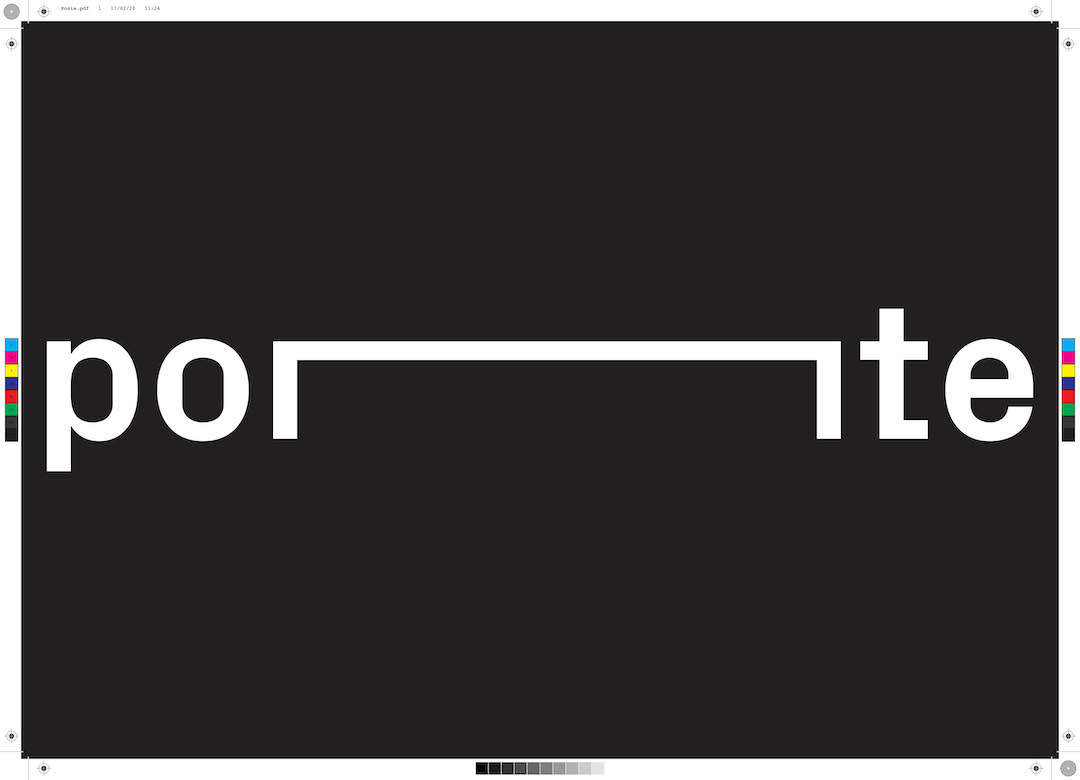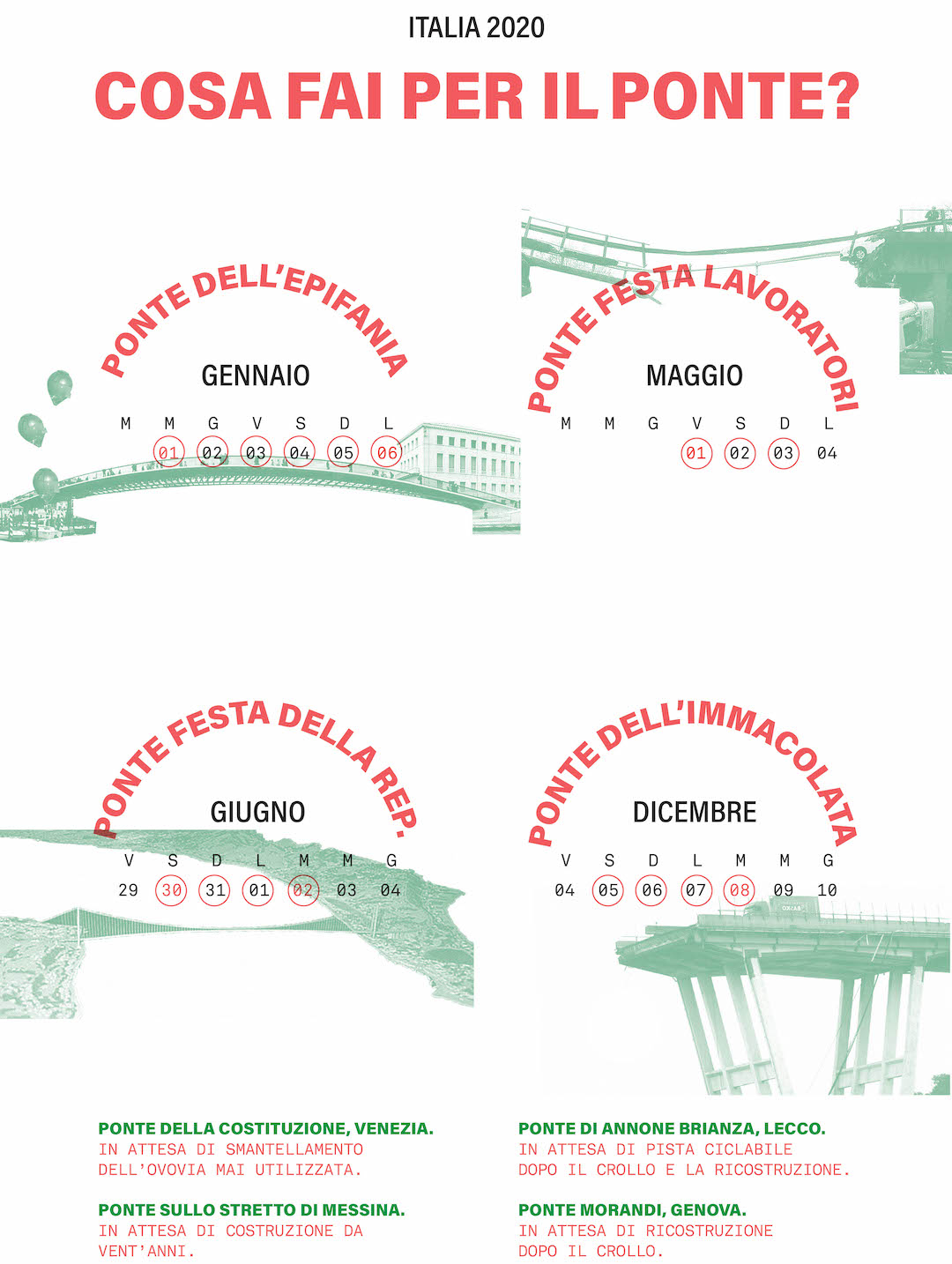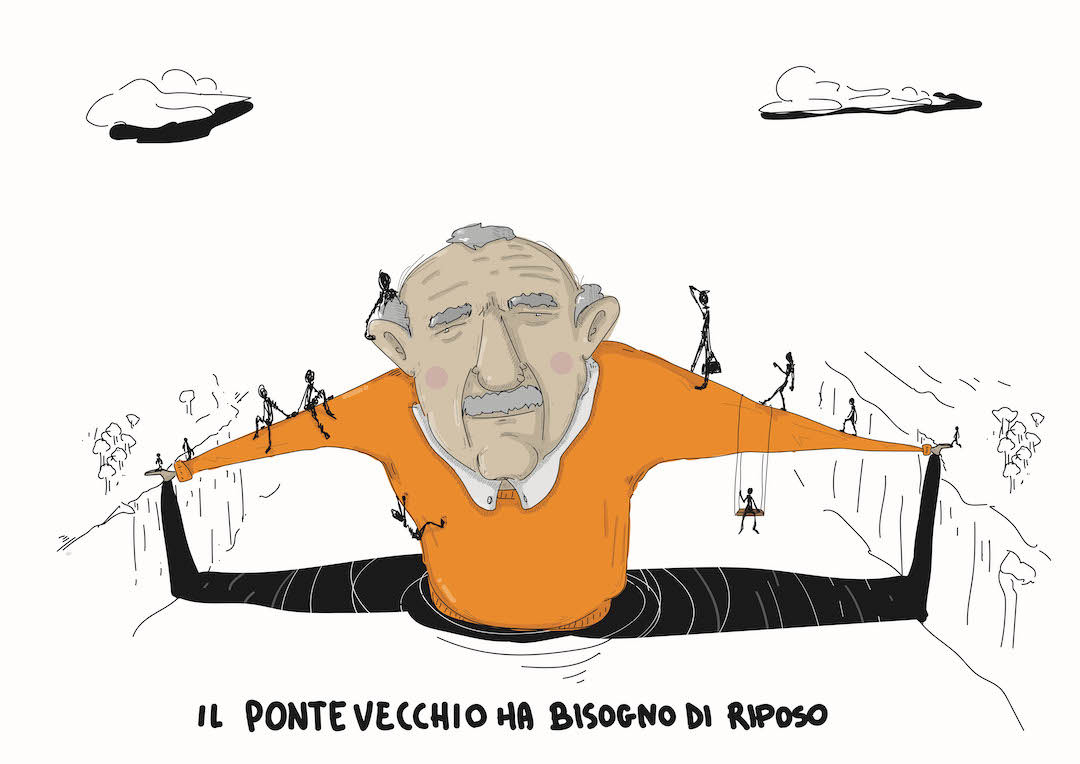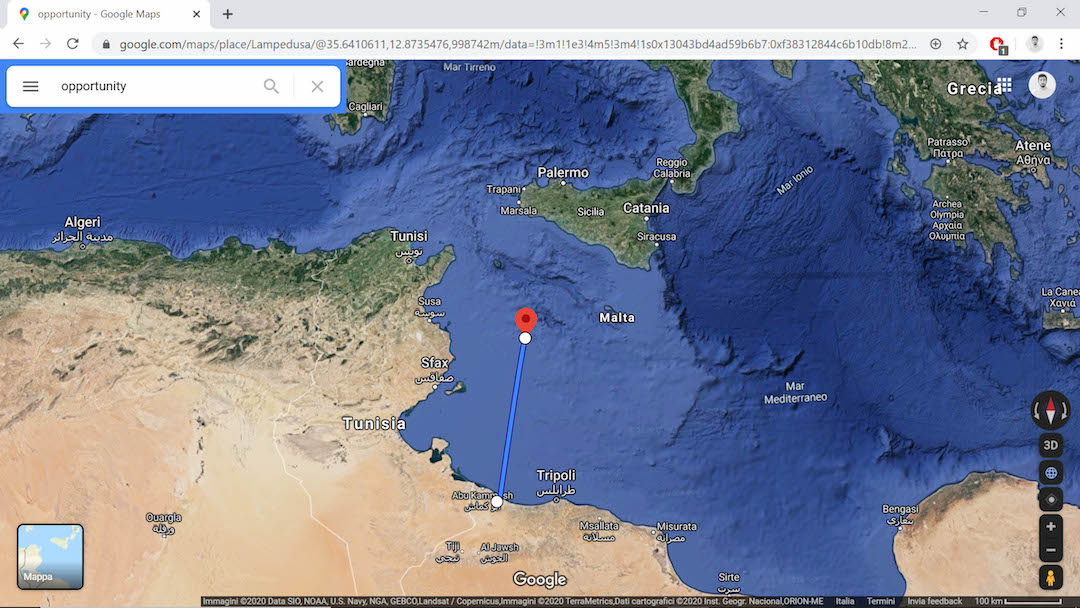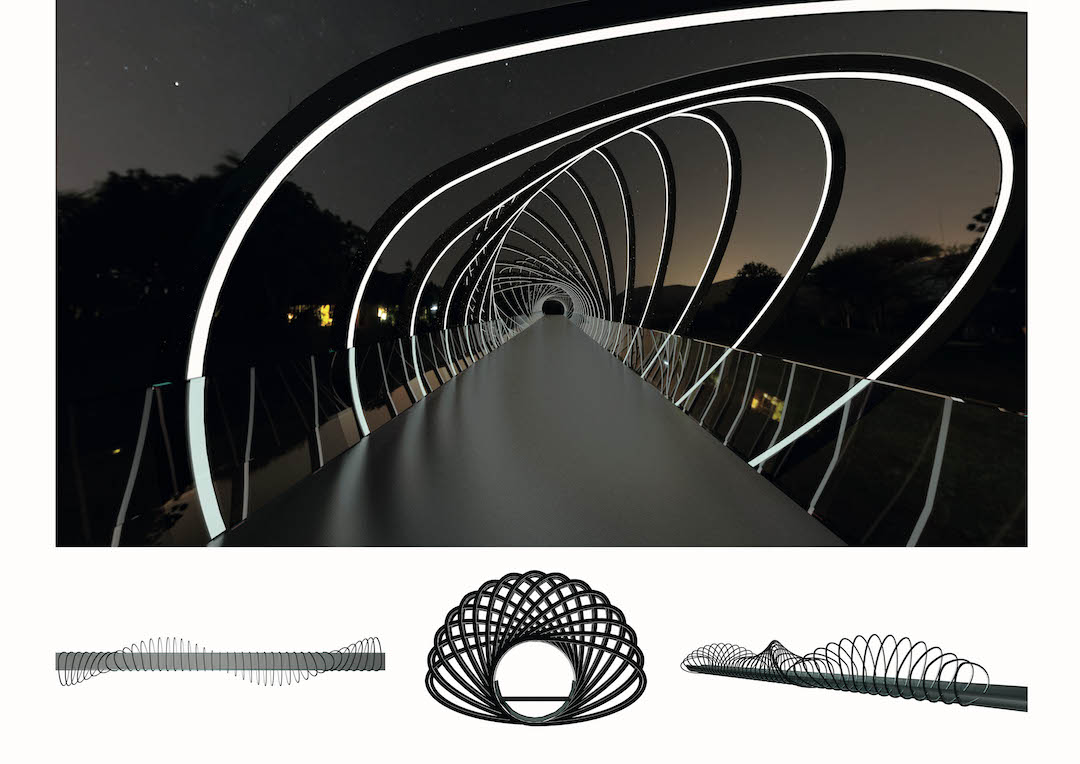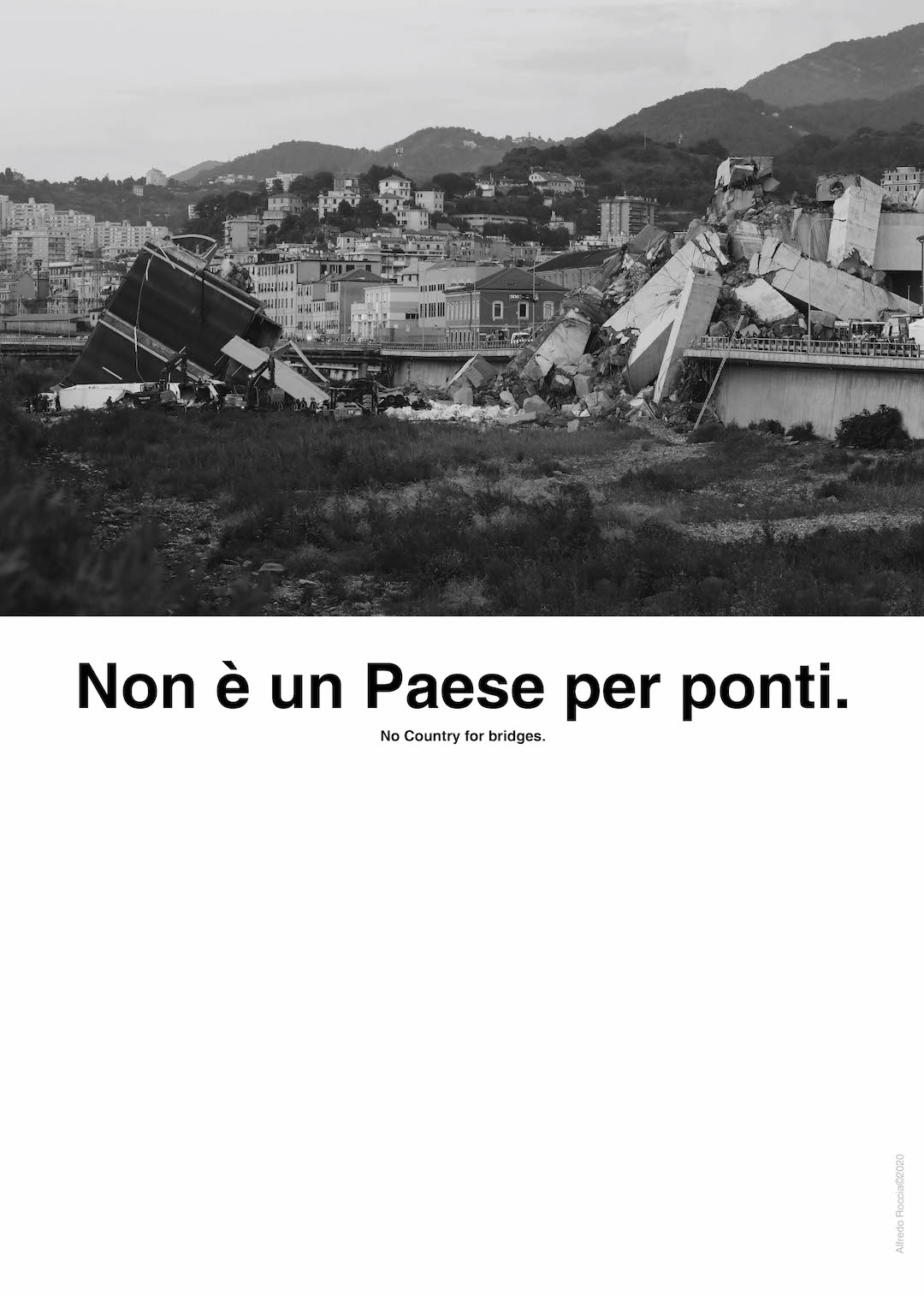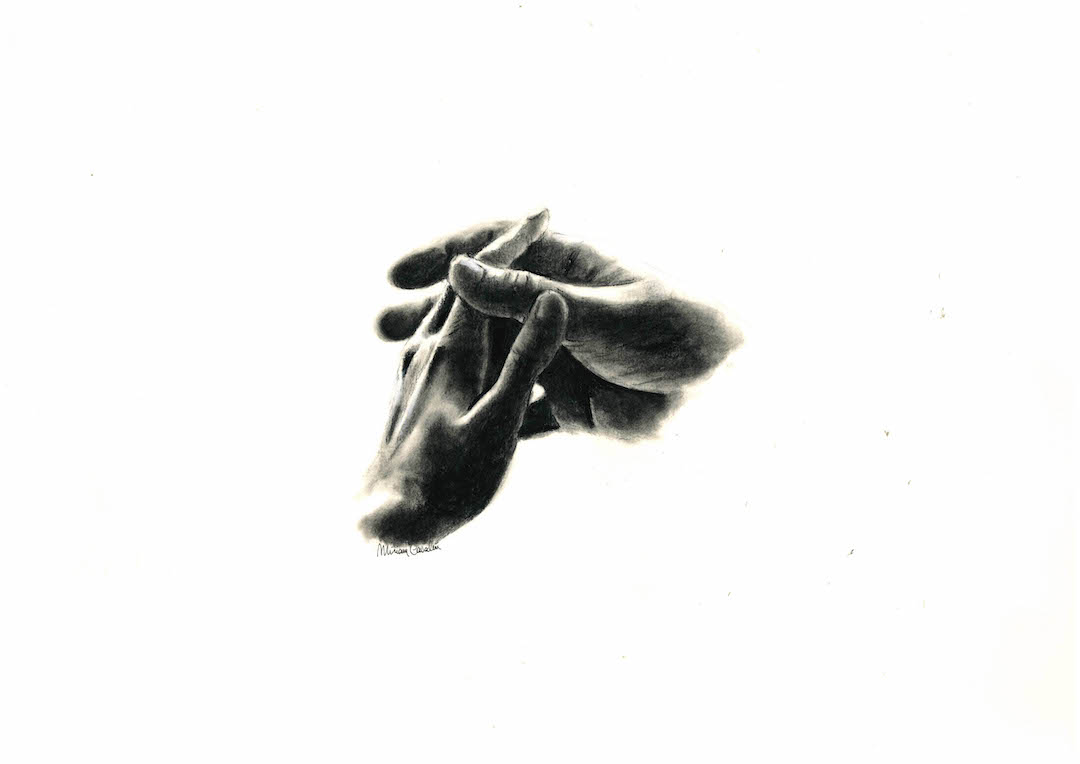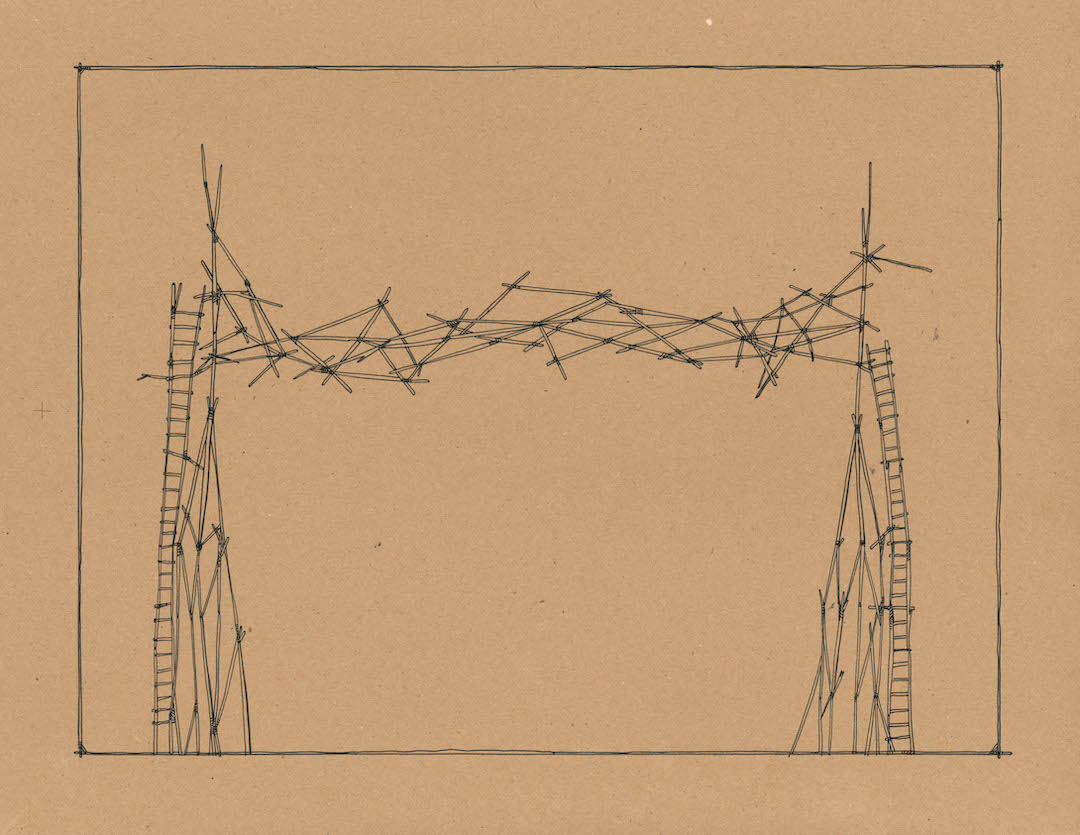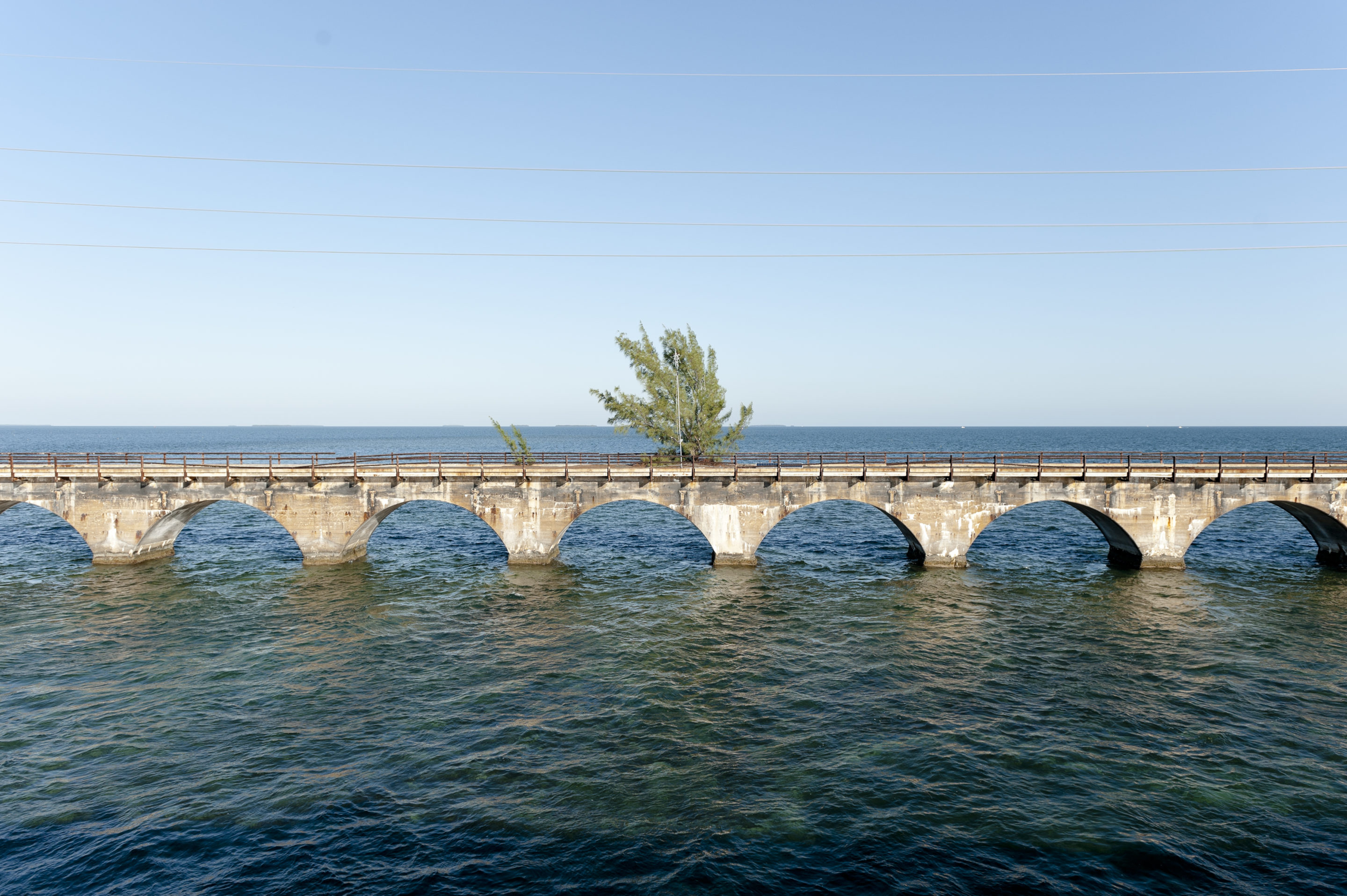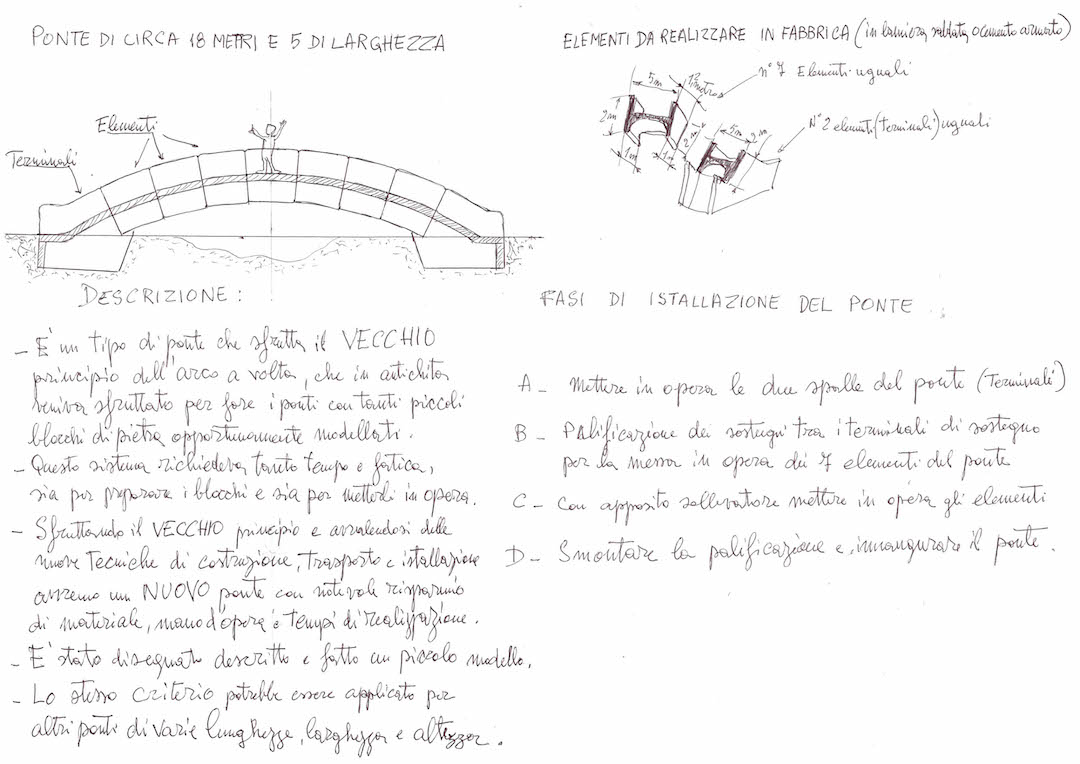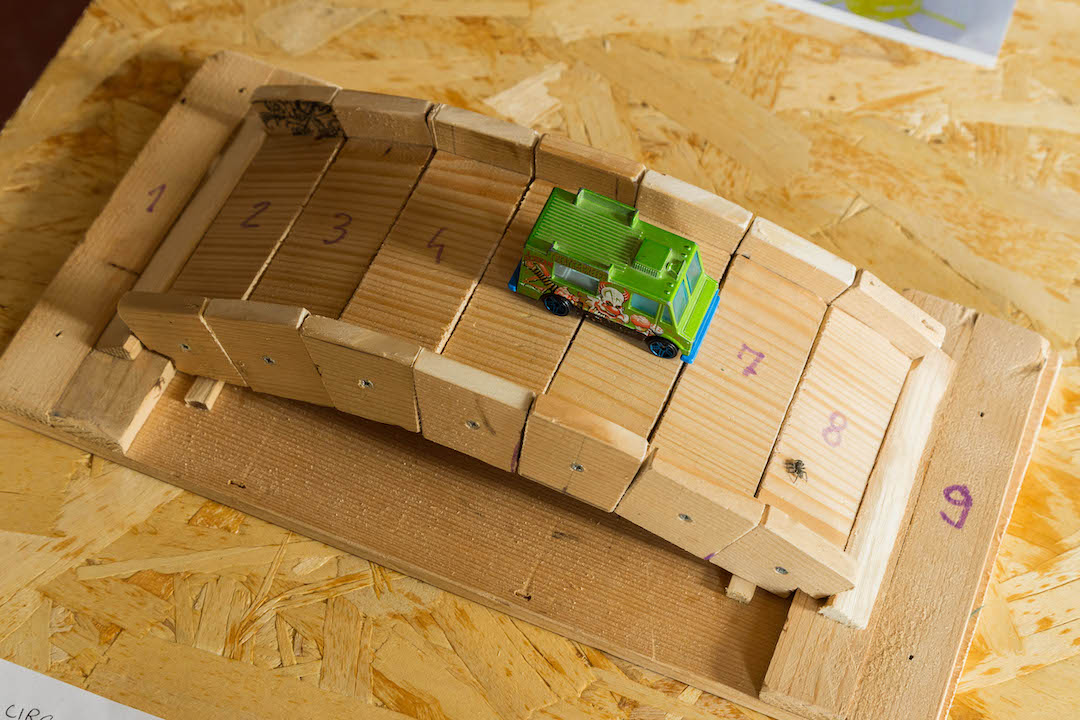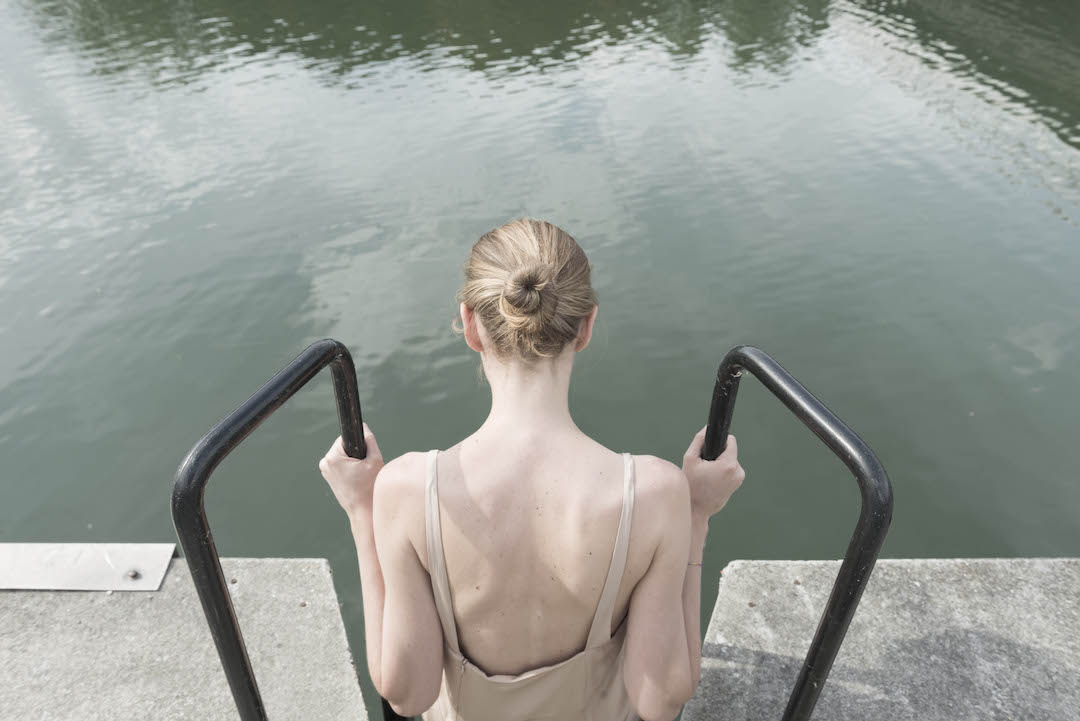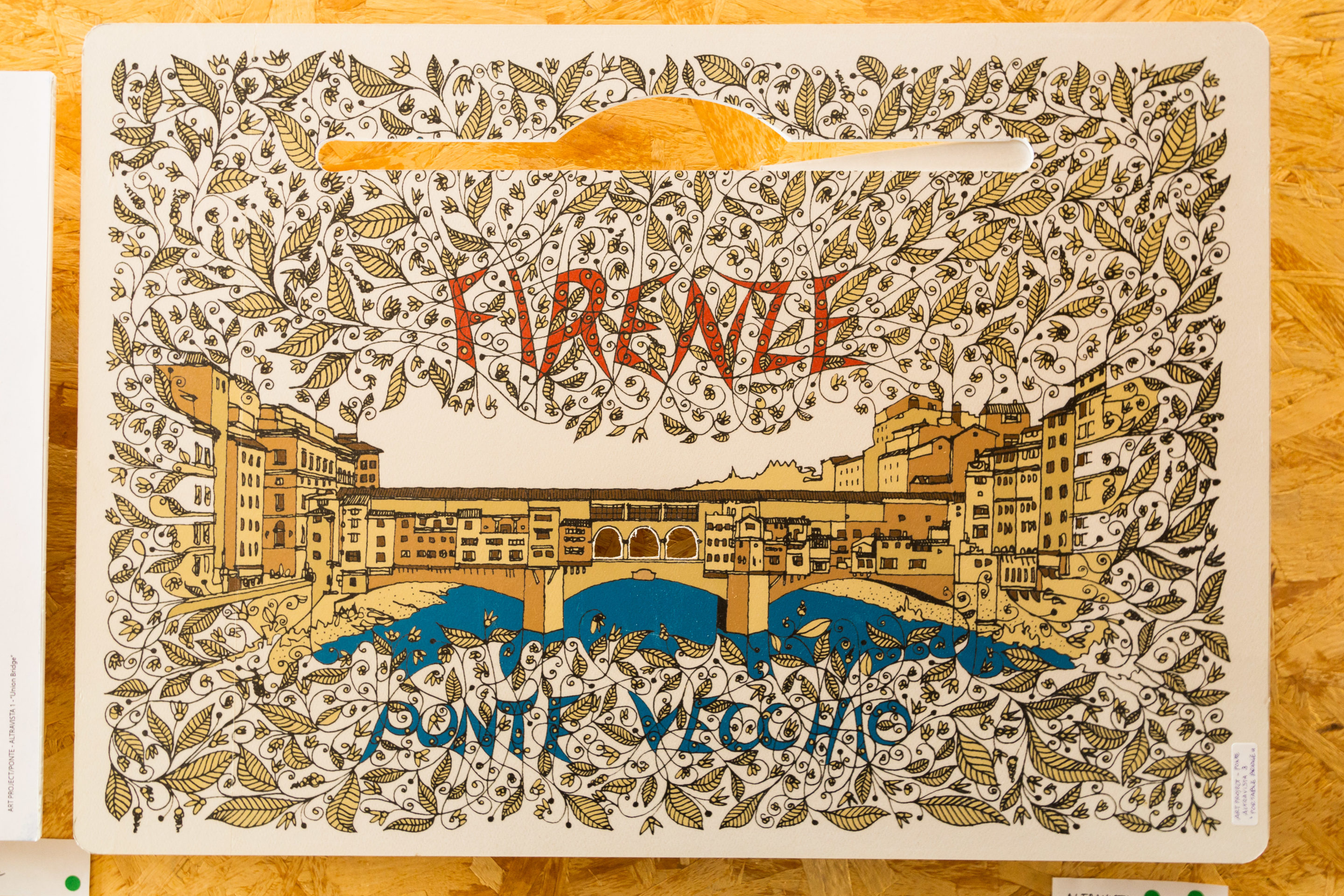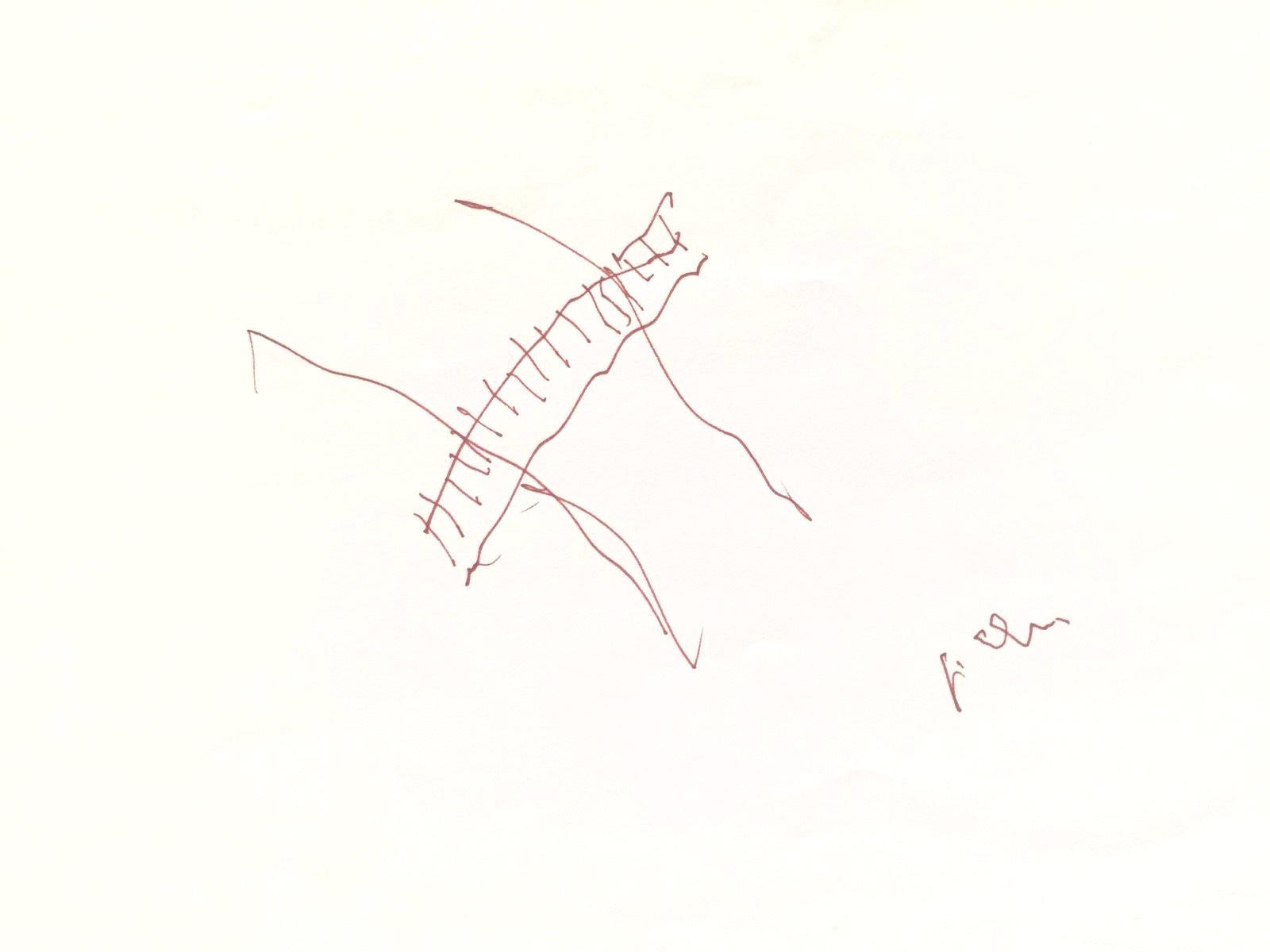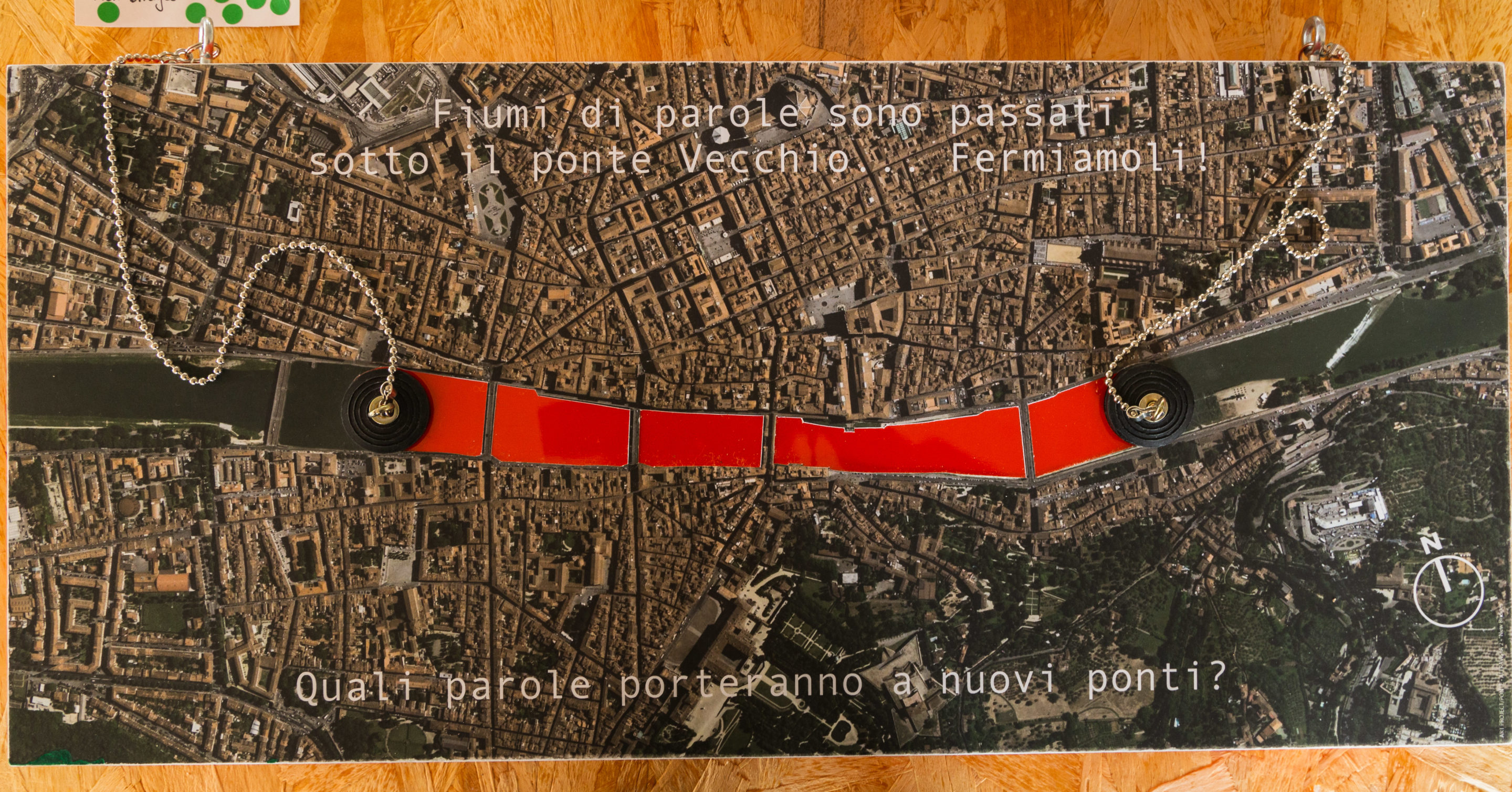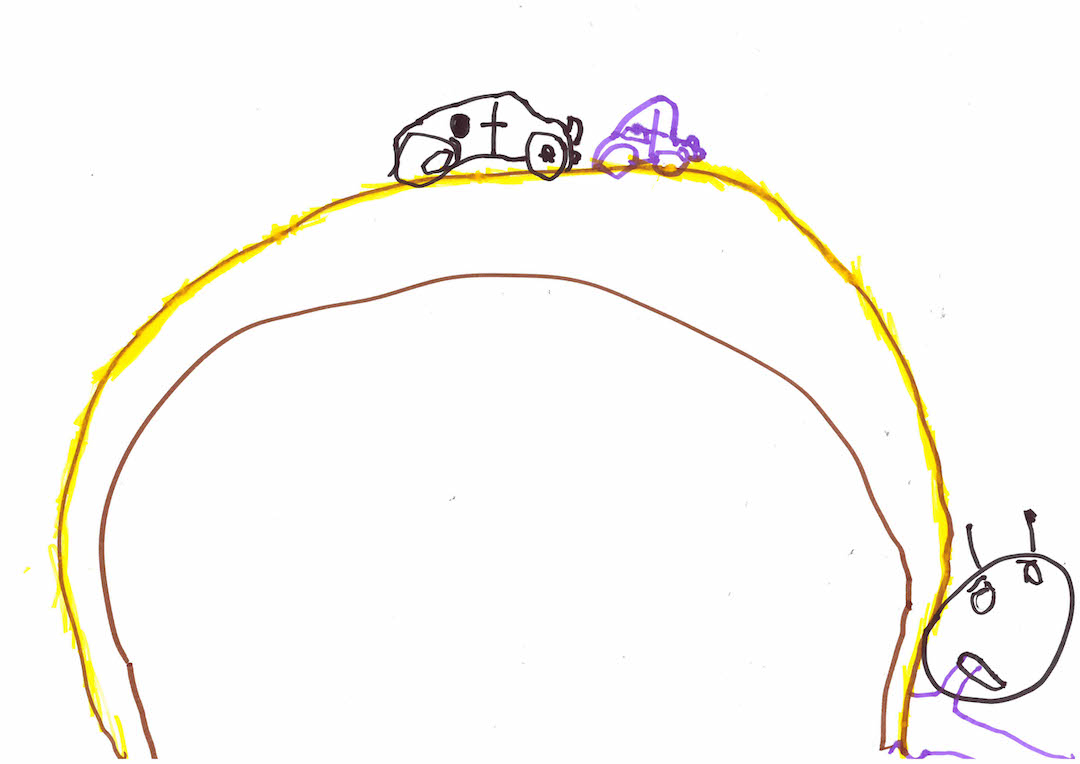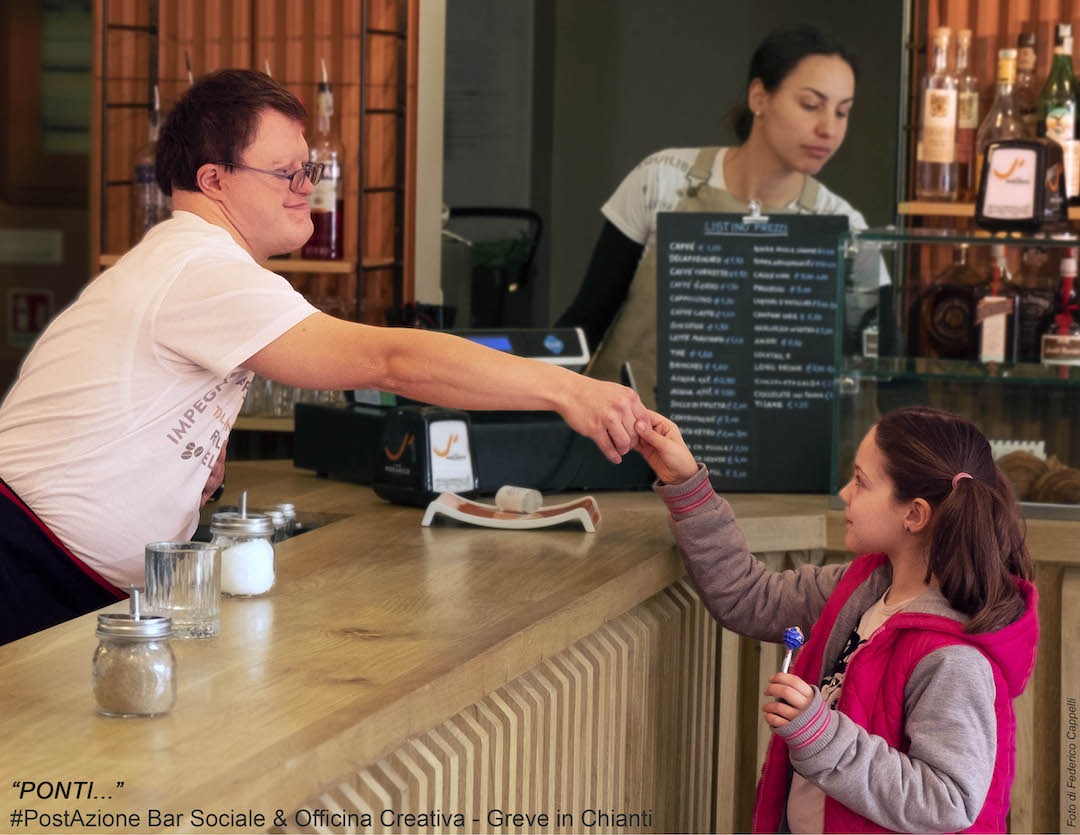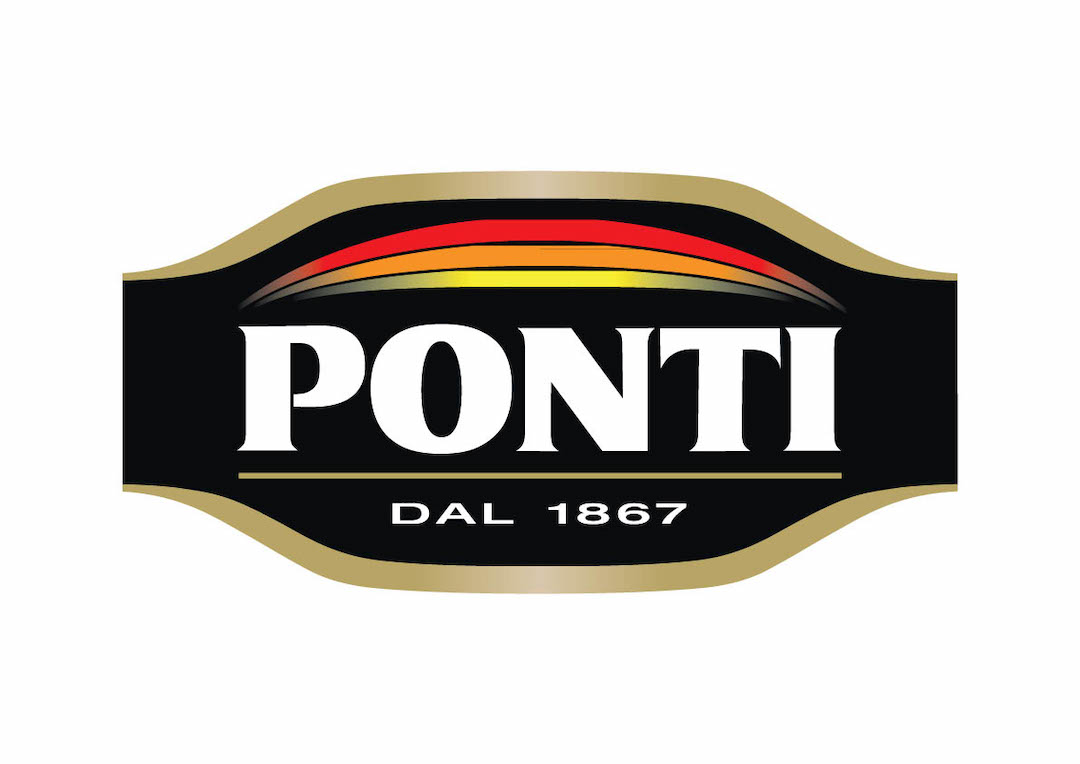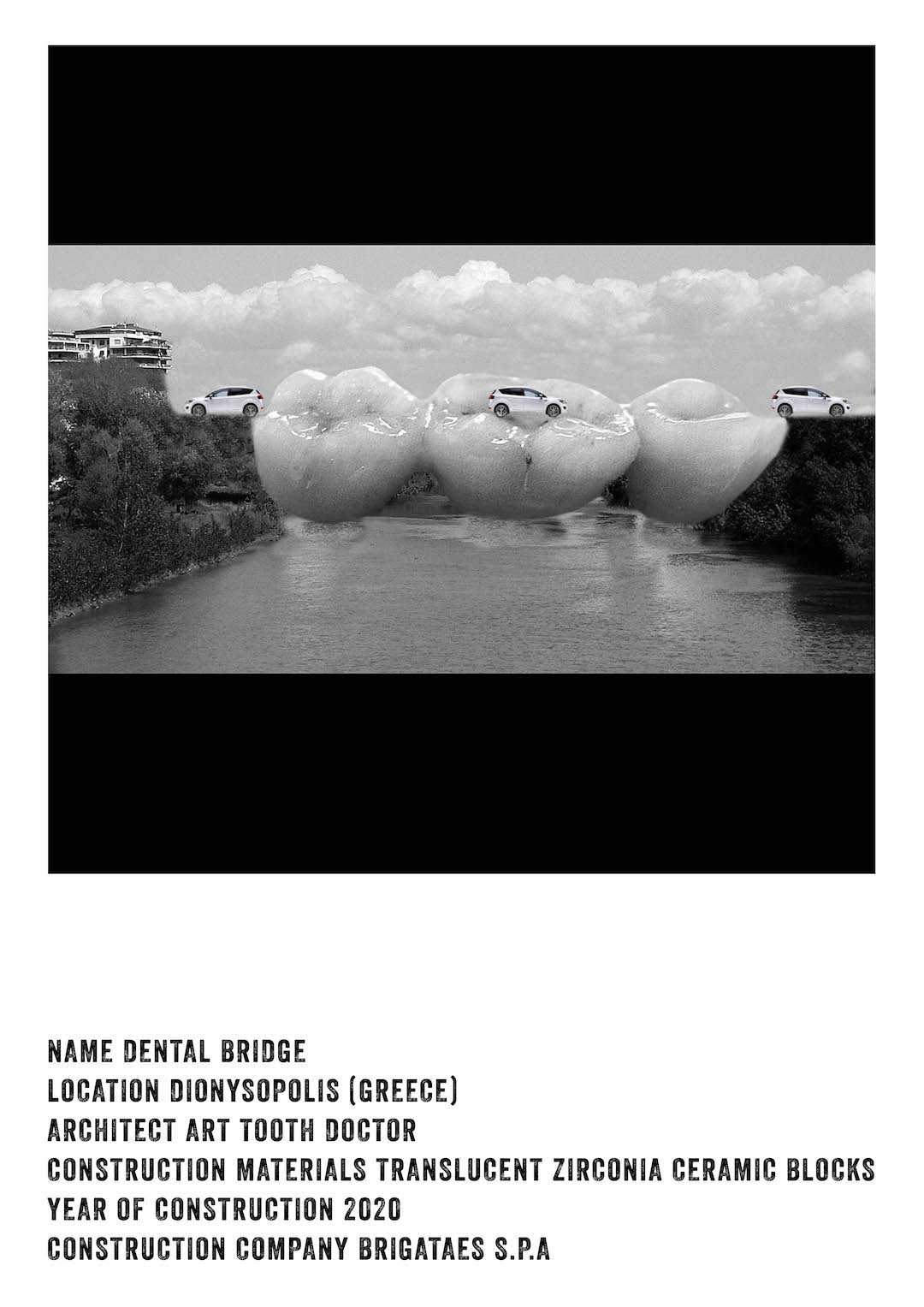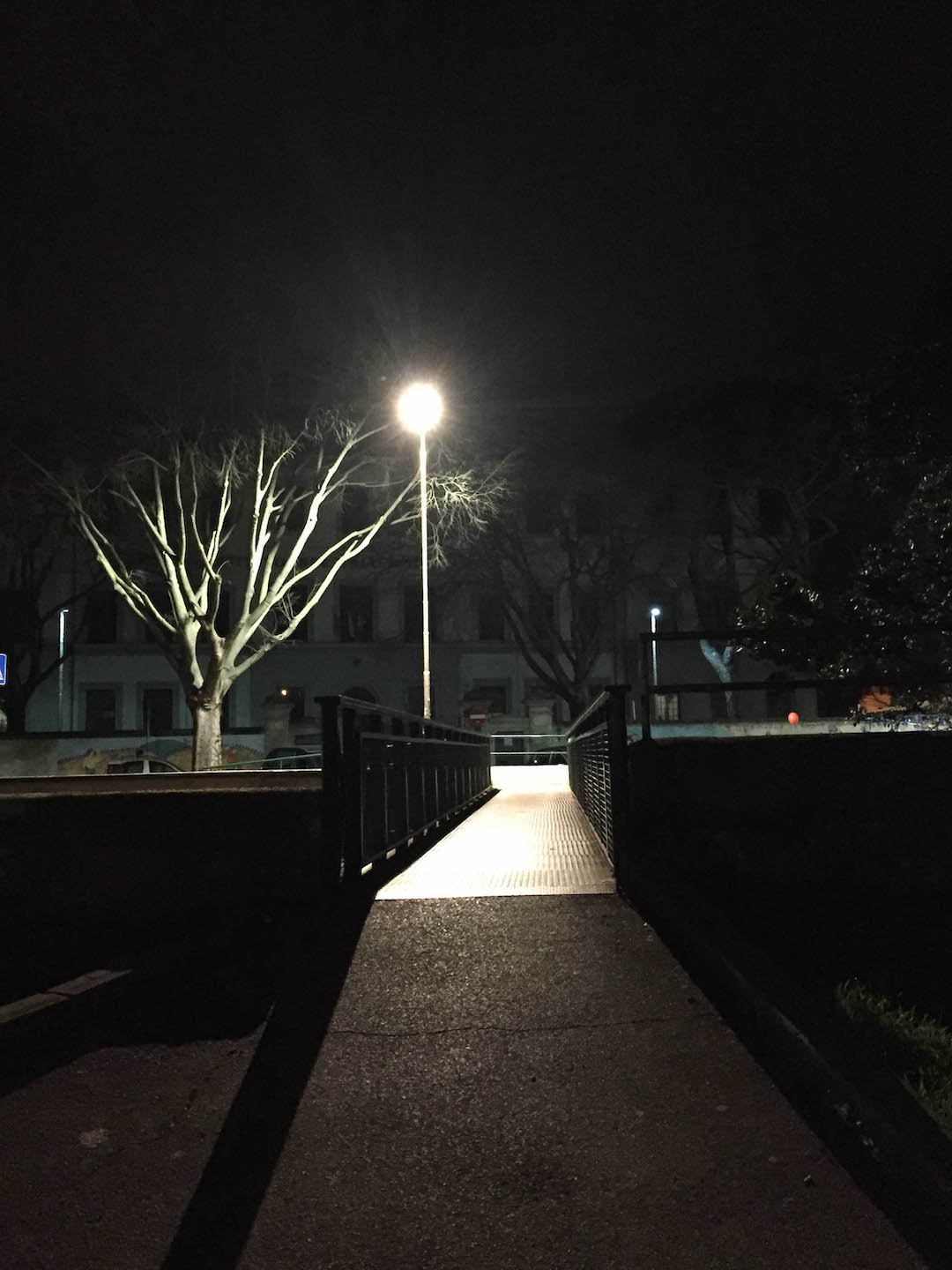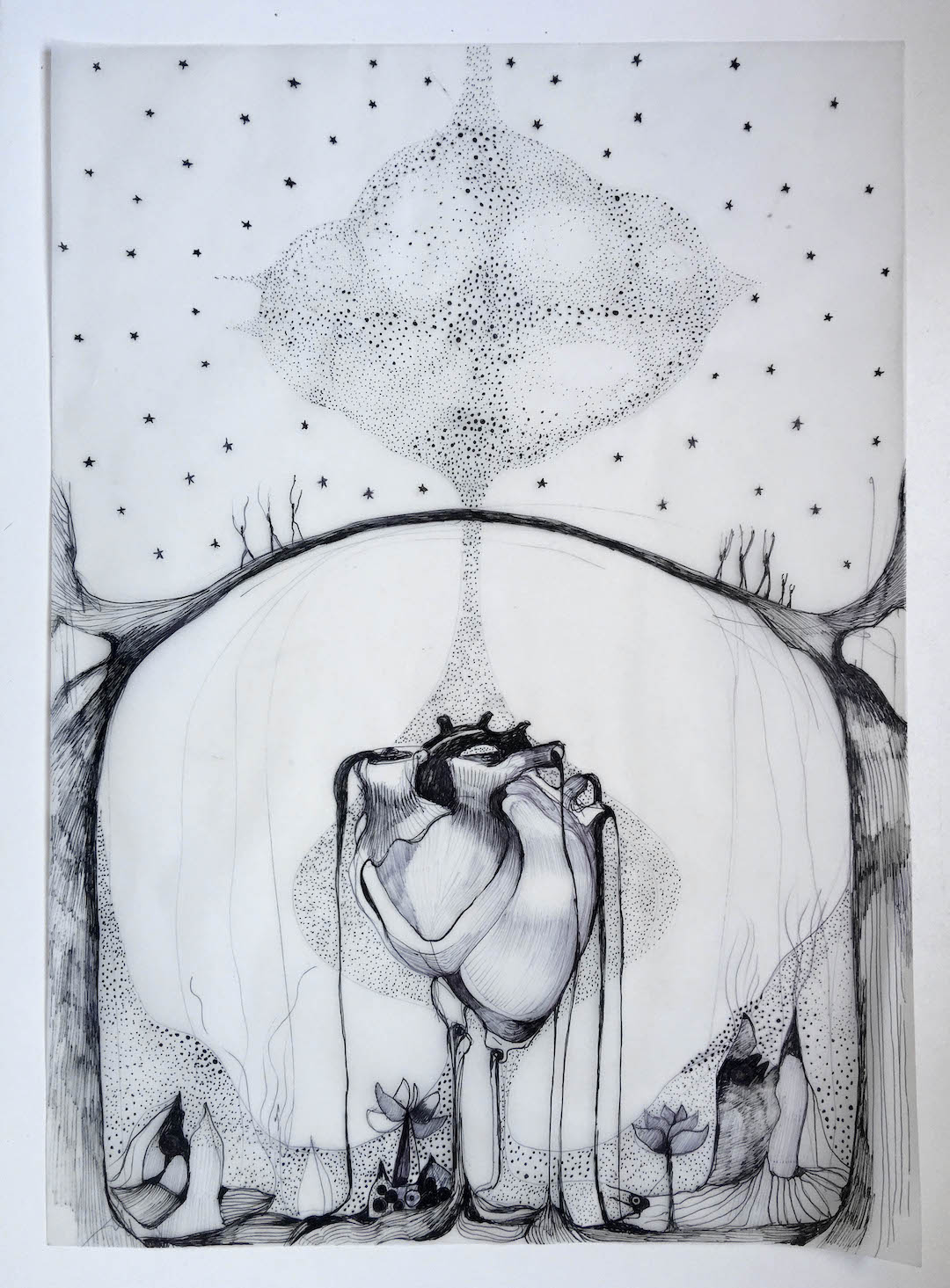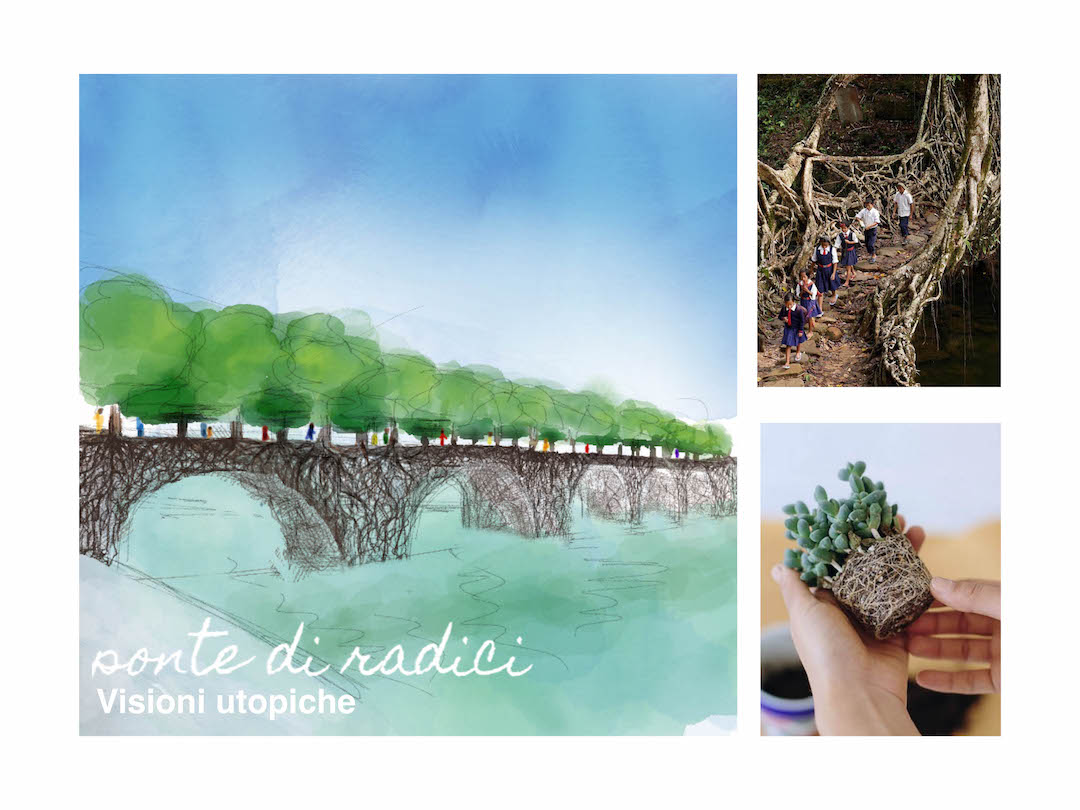PONTE, a large-scale collective exhibition from Andreas Angelidakis
Sunset on Sunday 23 February marked the end of ‘PONTE’, a large-scale collective exhibition on the theme of bridges, which started with the concept of an open call from artist Andrea Angelidakis, in collaboration with NERO, Fabio Quaranta, and Archivio Personale.
More than 200 creatives answered the open call, including: architects, children, engineers, amateurs, artists, students, designers, pensioners, street artists, illustrators, photographers, visionaries, and many more, each bringing their own unique contribution to Manifattura Tabacchi.
Play video
One after the other, all of the contributions were presented without any form of pre-selection or categorisation, on industrial tables that were set up by Angelidakis himself. This initial spark produced a vast catalogue of forms and possibilities.
Bridges suspended across clouds, bridges smashed to pieces, bridges across streams or little urban canals, bridges that block the flow of words, bridges that unite, bridges that try to mend the engineering disasters from our recent history, bridges of flowers, bridges with strange characters crossing them, bridges made out of roots, of stone, of words, bridges as a pretext for collages and plaster sculptures, self-supporting wooden bridges that provide a gauge of the physical forces that contribute to keep elements suspended and in balance with each other, futuristic bridges, accompanied by visionary technical projects.
Play video
Within this varied and almost infinite imagination, haphazardly arranged on the tables, everyone was able to build their own narrative, to take what they wanted from the experience, the were able to judge and re-imagine a physical place, a theme, a formal aspect, or even a political issue.
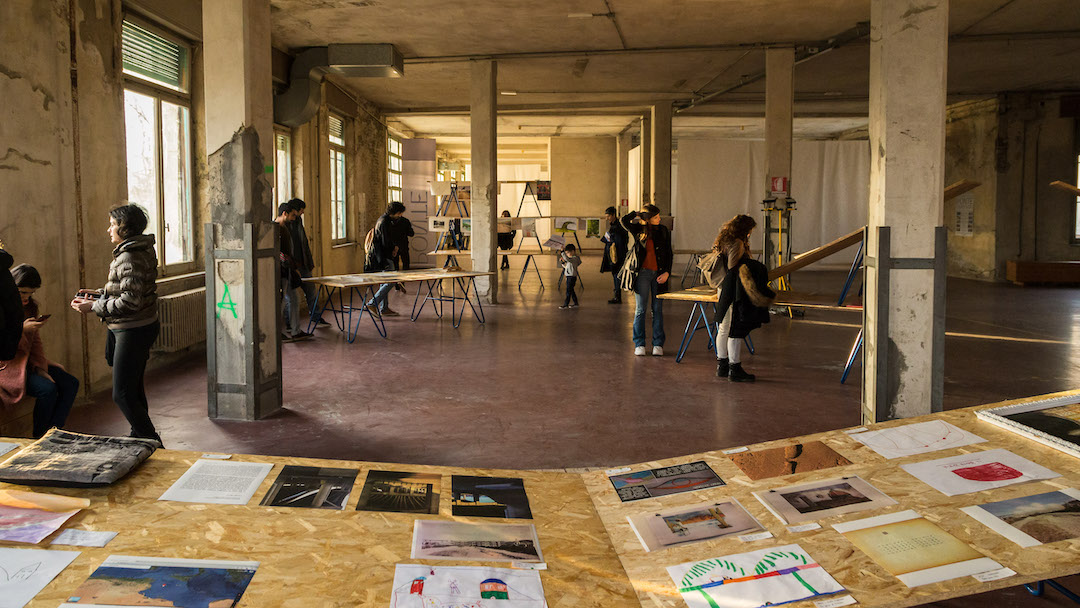
‘PONTE’ was created in a way that encouraged the public to actively participate in the exhibition, bringing a part of themselves to this space, contributing to the creation of a new and temporary community where they could exchange and discuss ideas. This was not just to deconstruct the classic model of an exhibition and to contrast with the elitism you find in certain situations; it was also a way of mixing up plans, opening up new hypotheses, giving space to unpublished voices and combining them, from one to another, to try to imagine new areas for creativity.
At the end, we spoke with the people about which ones were their favourite bridges, and which ones best expressed stories, ideas or conditions that the community itself, made up of both creators and spectators, held as significant. There was no prize at stake, no money to be gained, the incentive was seeing your own ideas take shape and become a fundamental part of this imaginary ‘bridge’ that we had tried to create over those days.
